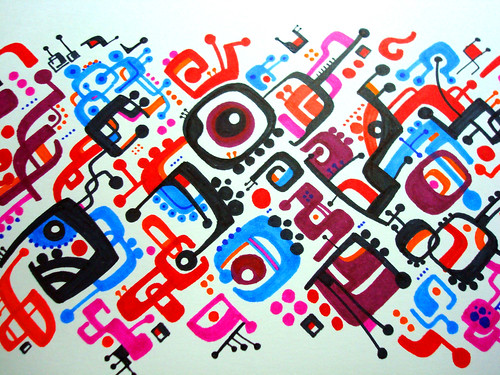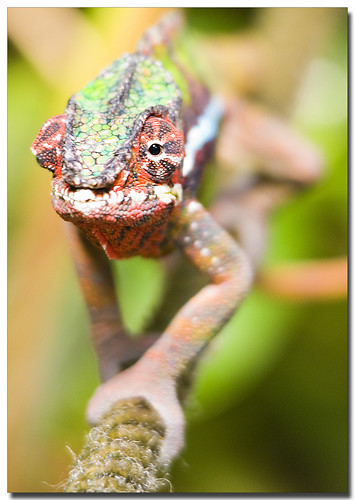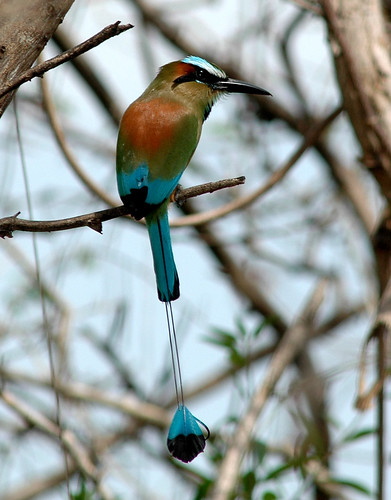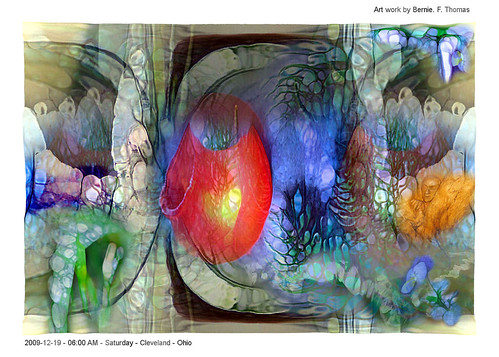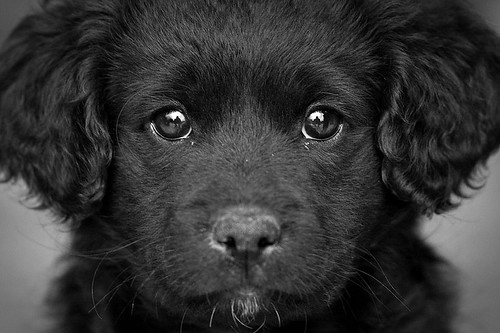
2010 El año del Tigre!!!, inserito originariamente da Nubecitainthemoon.
Identifying this scheme using the term "zodiac" reflects several similarities to the Western zodiac: both have time cycles divided into 12 parts, each labels at least the majority of those parts with names of animals, and each is widely associated with a culture of attributing influence of a person's relationship to the cycle upon their personality and/or events in their life. Nevertheless, there are major differences: the "Chinese" 12-part cycle is divided into years rather than months; contrary to the association with animals implied in the Greek etymology of "zodiac", actually four of the Western "signs" or "houses" are represented by humans (one such sign being the twins "Gemini") and one is the inanimate balance scale "Libra"; the animals of the Chinese zodiac are not associated with constellations, let alone those spanned by the ecliptic plane.
Tiger (Yang, 3rd Trine, Fixed Element Wood): Unpredictable, rebellious, colorful, powerful, passionate, daring, impulsive, vigorous, stimulating, sincere, affectionate, humanitarian, generous. Can be restless, reckless, impatient, quick-tempered, obstinate, selfish, aggressive, unpredictable.
http://en.wikipedia.org/wiki/Chinese_zodiac
Metal (Chinese: 金; pinyin: jīn), is the decline of the matter, or the matter's decline stage. Metal is the fourth phase of Wu Xing.
Metal is yin in character, its motion is inwards and its energy is contracting. It is associated with the west and autumn, old age, the planet Venus and the color white. The archetypal metals are silver and gold. Its Primal Spirit is represented by a White Tiger.
The qualities associated with metal are unyieldingness, rigidity, persistence, strength and determination. The metal person is controlling, ambitious, forceful and set in their ways as metal is very strong; and they are self-reliant and prefer to handle their problems alone. The metal person is also materialistic, business oriented and good at organization and stability. However the metal person can also appreciate luxury and enjoy the good things in life. Just as metal can conduct electricity, the Metal person has strong impulses and generative powers and can bring about changes and transformations for those who come into contact with them. Metal is believed to govern the lungs, nose and skin. The negative emotion associated with metal is grief, while the positive emotion is courage.
In Chinese astrology metal is included in the 10 heavenly stems (the five elements in their yin and yang forms), which combine with the 12 earthly branches (or Chinese signs of the zodiac), to form the 60 year cycle. Yang metal years end in 0 (eg 1990), while Yin years end in 1 (eg 1991). Metal governs the Chinese zodiac signs Monkey, Rooster, and Dog.
In Chinese astrology the planet Venus is associated with metal, because it is white in color (the Chinese color of death), and rises in the west as the evening star. However, some Western astrologers have stated that the associations of metal are closer to the Western conception of the planet Saturn, and have suggested on that basis recognizing metal in Western astrology as a 'Combined Element' or 'Material' derived from Air and Earth[citation needed]; just as the planet Saturn rules the Air sign Aquarius and the Earth sign Capricorn.
In the control cycle metal is controlled by fire, as only fire can melt it; and in turn metal controls wood, as only the metal ax can cut down trees. In the conductive cycle, metal produces water (or liquid), either by trapping or holding it in a container, or by being melted into a liquid. In turn metal is produced by the earth, as it has to be dug out of the ground.
However, Cycle of Wu Xing also stated that, excessive volume of wood may defeat small metal, as an axe would be broken or dull after intending to chopping a forest.








